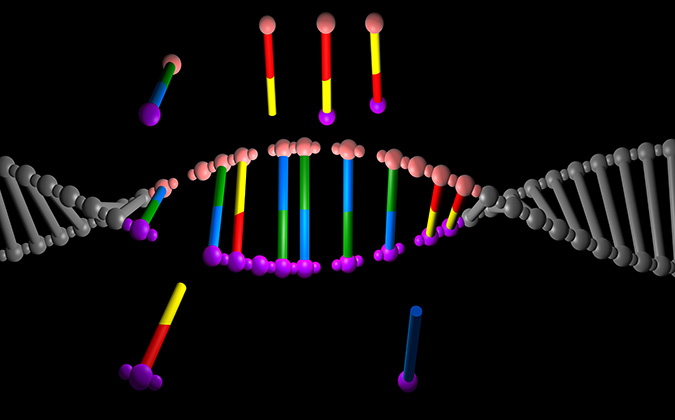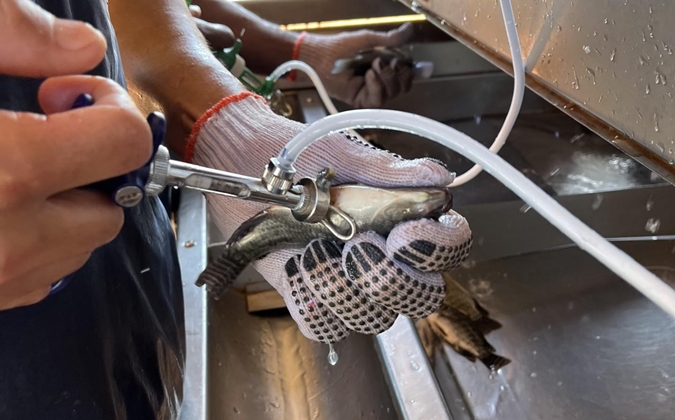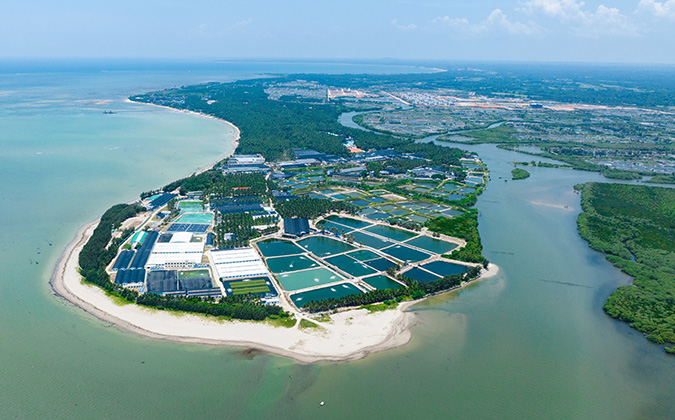
Navigating barriers on the road to gene-edited fish
Gene editing could aid fish resistance to disease, as well as provide other advantages to producers, but there are still barriers to overcome before it becomes widely used in global aquaculture, according to an industry expert.
With the aid of genotyping technologies, great strides have been made in selective breeding of terrestrial animals over the last few decades, said geneticist Alan Tinch, from the Center for Aquaculture Technologies (CAT), with genomic selection being the “latest major revolution” in genetics.
Discovery of bacterial enzymes that cut DNA at targeted sequences have led to the next innovation: genome editing. CRISPR-Cas9, an approach which uses an enzyme to “snip” DNA — meaning that the coding sequence can be altered — has hugely opened up possibilities in this area.
“The technology allows us to make targeted changes and introduce new variation into the population. It’s precise. If we know the genes that are controlling particular traits, we can make edits to those and change the performance of the animals in subsequent generations,” he explained.
Aquaculture’s numbers game
Selective breeding has been in place in land-based farmed animals for longer than fish, but there have been a number of success stories in major aquaculture species such as salmon, including building resistance against various viral and bacterial diseases and sea lice, he noted.
Genes associated with infectious pancreatic necrosis resistance in salmon and against bacterial diseases affecting traits in tilapia have also been identified, he said, with such knowledge potentially opening doors to solutions using CRISPR.
Despite the great potential, aquaculture presents a different challenge from producing genome-edited terrestrial animals, Tinch continued, simply due to there being far more farmed species.
“Part of the mind-set is realizing that as aquaculture grows it’s going to be based around a large number of species, so we need to take the technology from elsewhere and use it effectively,” he said.
He highlighted the development of pigs resistant to porcine reproductive and respiratory syndrome (PRRS) as illustrative of how gene editing marks a change from the past. Whereas with natural and selective breeding, advantageous traits are bred into the populations, the mutation that results in PRRS resistance didn’t exist until the genome was edited, he said.
Reproductive changes needed
Sterility is likely to be a legislative prerequisite for the use of gene-editing technologies in aquaculture, to avoid the release of new genetic material into the wild. This is a key focus of Tinch’s current work at CAT.
“We’ve combined the breeding structure that already exists in two different ways to make sure we’re able to deliver animals at high volume into the production system that are single sex and sterile but also carry traits that producers and consumers find desirable. Despite best efforts, there’s no way for farms to guarantee that there will be no escapees, so we see this as a sustainable approach to protecting biodiversity,” he explained.
Political hurdles to navigate
With opposition to genetic engineering coming from a number of special-interest groups, getting gene-edited fish accepted as part of countries’ food-safety legislation is a major barrier, he conceded, although attitudes do vary depending on parts of the world. Currently, Europe is the most risk-averse in this regard, he said, with other nations such as Japan, Australia and Brazil seemingly more open to their introduction.
With debates around the ethics of gene-edited animals continuing, Tinch is keen that the welfare benefits that would be obtained from editing disease-resistance traits into farmed fish are not overlooked.
“It’s wrong to let animals suffer with disease, and gene editing allows us to improve disease resistance. If we can create that resistance, we have a moral obligation to do so,” he added.
Posted on: November 15, 2022






